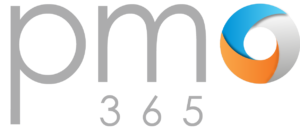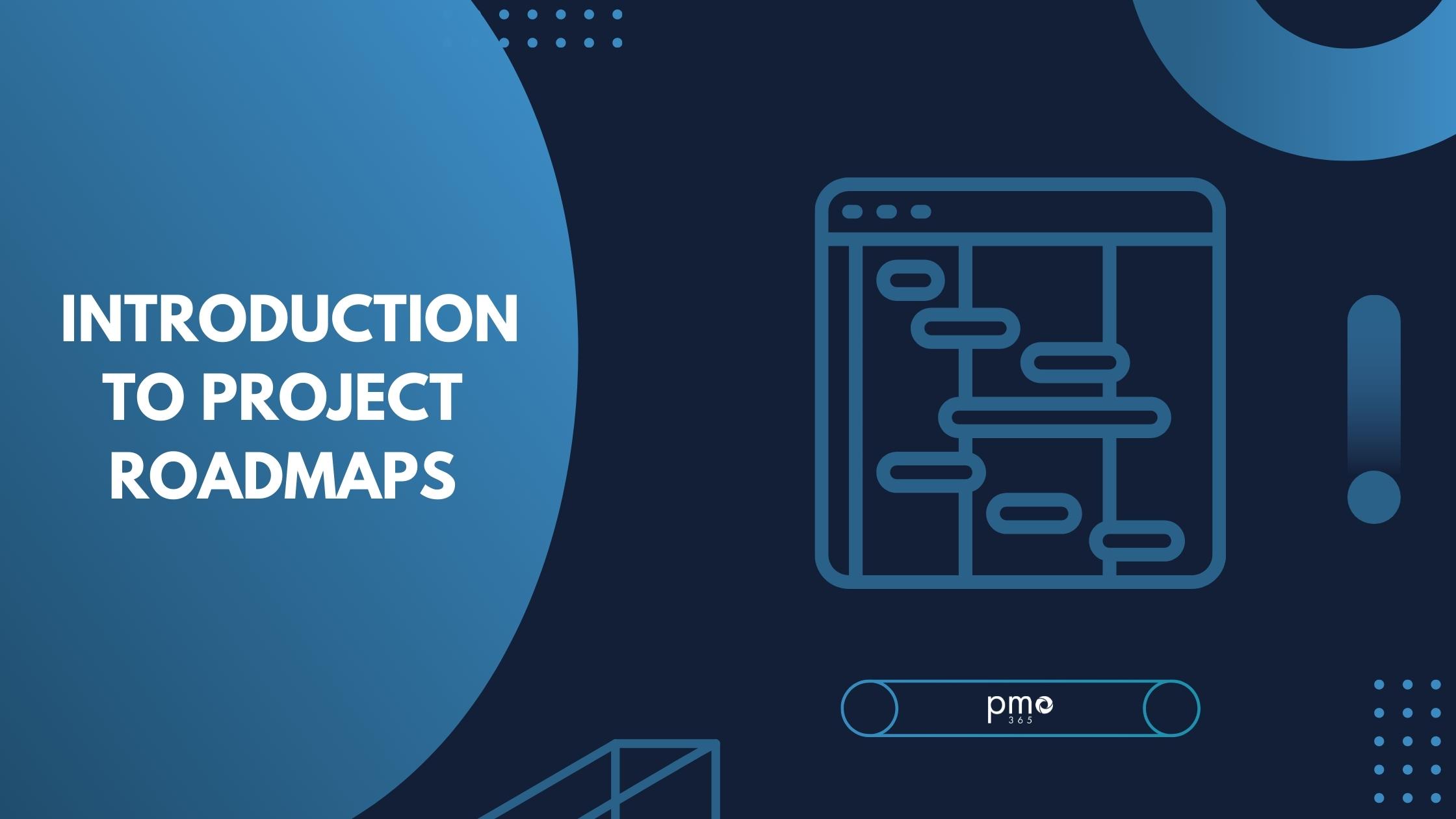Resource levelling in project management is rearranging and optimising your project within existing constraints of time and resources. It is used to adjust for changes during project delivery. Changes made mid-project are always to be expected. The challenge for project managers is how they can manage those changes without major disruption. However, there are many different factors to consider.
In this blog, we’ll discuss what resource levelling is, its benefits, key techniques, and tools.
What is resource levelling?
“(A) technique in which start and finish dates are adjusted based on resource limitation with the goal of balancing demand for resources with the available supply.”
– The Project Management Body of Knowledge
Basically, it’s about adjusting task dates and project duration so resources are not over or underallocated to tasks.
Resource levelling aims to fully optimize available resources while working within the classic project constraints of time, scope, cost and quality. Typically, it’s a balancing act between time and resources. If a project is limited to the current resource, then the project timeline must give way. If the project is very time restrained, resources must be added to compensate for the lack of time.
Particularly challenging for project managers is that resources are often shared across multiple departments and projects within an organisation. Therefore, there is bound to be some form of resource availability conflict or deficit.
What are the benefits of resource levelling?
Resource levelling helps make sure your resources are being allocated to the right tasks at the right time. But there are many ways that it can benefit your project team. They include:
Minimising deficits
By properly managing project resources, it helps reduce overall costs that come from delayed tasks or extra resource allocation.
Optimising resources
Resource levelling makes sure you get the most out of your resources. Though it is mostly used in times of overload, it can also be used to reallocate resources when they’re underutilised. This is particularly handy when resources are shared amongst multiple projects. They may be re-organised to optimise the portfolio of projects as a whole.
Prevents work overload
The main benefit of this approach outside of project management is how it supports a better work-life balance. By adjusting task duration and schedules, it helps managers ensure team members are not overburdened and always at peak performance.
Maintains the quality of the project output
Resource levelling helps balance time and resource restraints across a project to make sure that tasks can be completed consistently. Stakeholder expectations can also be managed on realistic estimations.
Ensures the project schedule is realistic yet flexible
The technique also provides project managers with a realistic understanding of their projects. As a result, they are better equipped with tools that let them remain flexible and pre-emptively mitigate ongoing challenges.
What are the key resource levelling techniques?
1. Critical Path Method
The Critical Path Method (CPM) helps project managers identify the minimum project duration. It does this by identifying and calculating the total sequence of all critical tasks within a project. This sequence, known as the critical path, then allows for all other tasks and dependencies to be estimated. This information helps project managers prioritise the right tasks and ensure the right amount of resources are readily available to perform them.
Finally, one of the most important calculations from CPM is float. Float refers to the amount of leeway or flexibility that a task has before it impacts the overall project timeline. This calculation also gives project managers a better understanding of how much time they have, and thus the resources they might need to address ongoing diversion from the original project plan.
It is important to note that CPM is primarily a schedule management tool, not a resource management tool as it does not inherently consider resources in its calculations. The CPM helps inform project managers on what tasks to prioritise but does not directly tell them how much resources can or should be allocated.
Read more: The Critical Path Method Explained
2. Critical Chain Method
The Critical Chain Method is an expanded version of the CPM that actively considers resource limitations and availabilities. Where the critical path considers task duration alone, the critical chain takes both task and resource dependencies into account. In this form, resources can only be assigned to one task at any given time.
With this approach, both tasks and resources must be listed out in detail from the very beginning and continuously monitored and changed when needed. The CCM adds an additional buffer zone to the pre-existing ‘float’ available in the CPM as a way of balancing potential resource-related issues.
3. Pure Resource Levelling
As the name suggests, this is the technique at its simplest. It simply aims to optimise resources to meet the specific demands of the task with the central goal of maintaining consistency across all tasks. As a result, pure resource levelling is often paired with CCM.
4. Resource Smoothing
Resource smoothing is a more constrained technique which is often used in situations where resource capacity or other project constraints cannot be expanded beyond its current levels. Essentially, resource smoothing mainly shifts tasks within the pre-existing range for their free and total float.
While this can offer small opportunities for efficiency, it often does not completely eradicate resource demand conflict and resources will not be fully optimised.
Tools and Features
Detailed Gantt charts
Gantt charts are a powerful tool that is often used with resource levelling. Having a detailed and adaptable Gantt chart allows for project managers to easily calculate the critical path and make the necessary changes to resource needs as they go. An effective software solution will also have real-time data and cloud-based features to ensure managers can easily make changes on the move.
Integrated project management tools
The Work Breakdown Structure (WBS) is one of the foundational building blocks for the CPM and, by extension, resource levelling. However, many project management software tools cannot fully integrate and share their CPM activities across different project management software and tools. This is particularly important for the resource management tool.
Therefore, making sure that your resource management data and CPM activities can translate across all PPM tools and software is critical to maintaining full visibility and control over your project.
Real-time smart dashboards
A real-time dashboard allows managers to easily view the progress and potential delays occurring within their projects. It can display metrics that relate to project-specific KPIs such as costs, schedule, resources and more. With a single glance, project managers can identify tasks that need to be prioritised and allocate the appropriate resources towards them.
Securing historic records of your plans
One of the important ways that project teams get better at applying these techniques is by learning where they went wrong. Having a historic record of your project plans and ensuing changes helps teams get a better understanding of their successes and potential shortfalls. All of this information can be considered in future project planning activities.
Starting using resource levelling with pmo365 today
Looking to try some of these handy techniques? pmo365 is the comprehensive and versatile PPM solution that is perfectly equipped to get you started. It comes with all the project management features built in for CPM, resource levelling, and resource management. But it also offers a complete library of PPM software and tools to take your project management activities to the next level.
Find out how to make the most out of your resource levelling activities today and book a free trial with our PPM experts.













